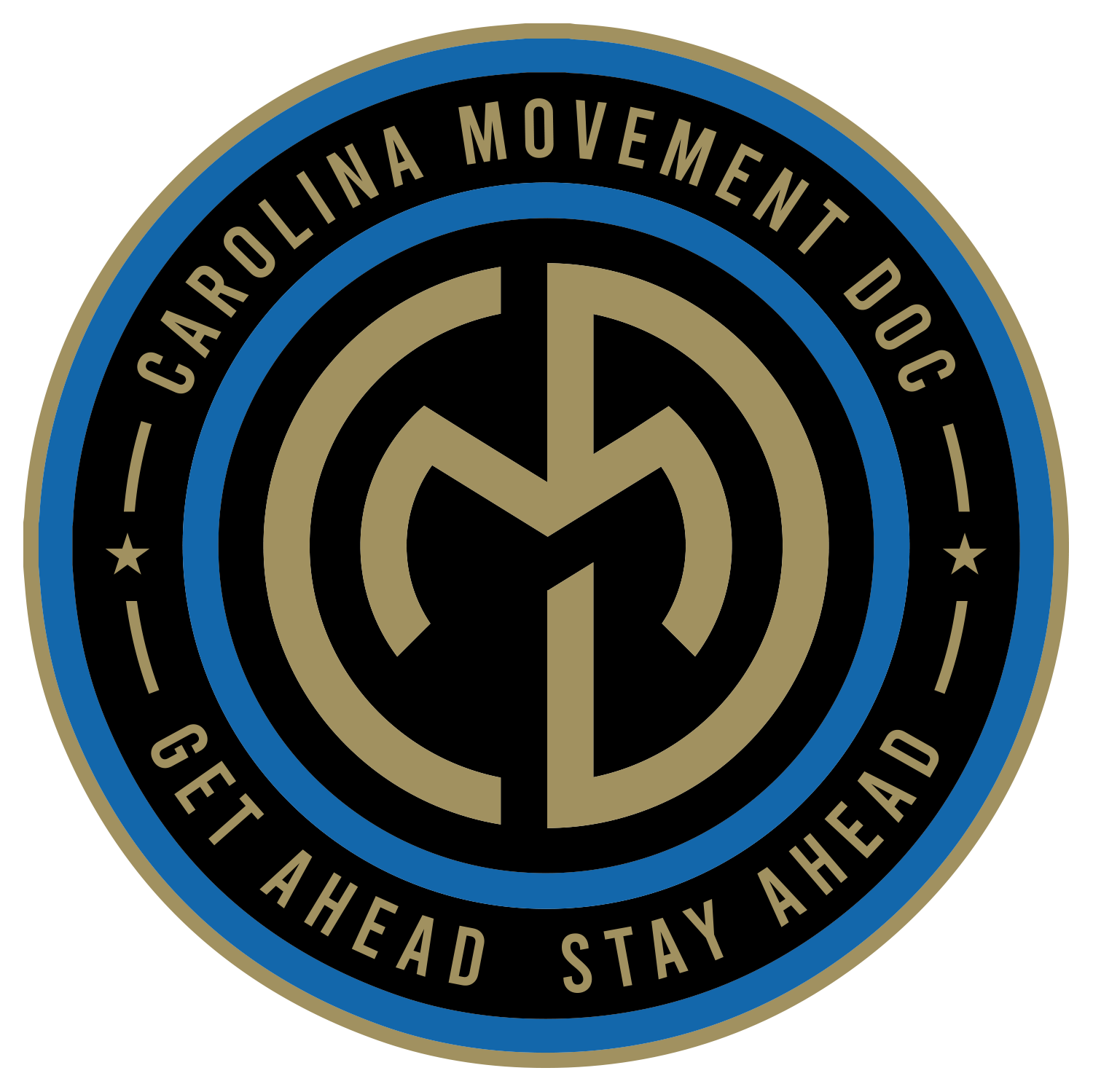How to Stop Hooking Your Drives: A TPI-Based Fix from Carolina Movement Doc
If you’re a golfer frustrated with snap hooks or low-left bullets off the tee, you’re not alone. While a slice is the most common swing fault we see, hooks—especially for stronger or more mobile players—can be just as destructive. At Carolina Movement Doc, we take a body-swing connection approach using the Titleist Performance Institute (TPI) philosophy to correct these issues at the source: your movement.
Let’s break down how physical limitations—yes, your body—could be behind your hook and what we can do about it.
Understanding the Hook
To stop hooking your drives, you need to understand what’s happening at impact.
A hook is typically caused by:
A clubface that’s too closed relative to path at impact
An excessively in-to-out swing path
Poor lower-body control that allows the hands to dominate
Biomechanically, a hook often comes from:
Overactive hands or early wrist release
Over-dominant trail side
Lack of trail hip internal rotation
Inability to post on the lead leg
At Carolina Movement Doc, we often see that these compensations aren’t swing flaws—they’re movement limitations in disguise.
Step 1: TPI Screening – Find the Root Cause
A proper physical screen is your starting point. Here are the key movement tests we use at Carolina Movement Doc to assess hook-prone golfers:
TPI Test
Why It Matters
Pelvic Rotation Test
Poor dissociation often leads to trail-side over-dominance.
Trail Hip Internal Rotation
Essential for proper rotation and shallow downswing path.
Lead Leg Stability
Inability to post causes body to hang back, forcing hands to close face.
Wrist Mobility (especially trail wrist extension)
Limited wrist motion encourages scooping or flipping.
Seated Trunk Rotation Test
T-spine restrictions cause early hand release to square the clubface.
Step 2: Mobility Corrections to Reduce Compensation
Hooks often come from too much reliance on the upper body to square the clubface, especially when the lower body isn’t doing its job. These mobility restrictions contribute:
🔹 Limited Trail Hip IR
90/90 hip switches
Banded hip IR mobilizations
Rear-foot elevated lunge + rotation
🔹 Tight Thoracic Spine
Open books with breathwork
Quadruped rotations with reach
Foam roller thoracic extensions
🔹 Poor Wrist Extension
Wrist extension stretches (with elbow extended)
Weighted wrist rolls (eccentric emphasis)
Wrist mobility using a dowel or club handle
Step 3: Stability + Sequencing = Better Impact
Mobility gives you access. Stability gives you control.
✅ Lead Leg Posting
Split squats with rotation (focus on lead leg drive)
Lateral bounds with deceleration
Medicine ball slams into front foot
✅ Core + Pelvis Control
Anti-extension: Dead bugs, rollouts
Anti-rotation: Pallof press, side planks
Controlled rotation: Cable lifts/chops
✅ Wrist + Grip Control
Eccentric wrist flexor training
Trail-hand-only clubface control drills
Farmer's carries with wrist supination
Step 4: Integrate with the Golf Swing
Once physical issues are addressed, we work with your golf coach (or use swing drills) to clean up path and face control.
Swing-Focused Drills for Hook Fixes:
Lead Arm Only Swings – to reduce hand dominance
Step Drill – promotes better sequencing
Slow-to-Fast Transitions – build better motor control at impact
Alignment Stick Inside Path Drill – avoid excessive in-to-out
We also encourage use of launch monitors (Trackman, Rapsodo, etc.) to provide real-time feedback on:
Clubface angle at impact
Swing path
Attack angle
Side spin
Sample Hook Correction Flow (for Home or Gym)
90/90 Hip Mobility – 2 sets of 8 each side
Open Books – 2 sets of 10 reps
Split Squats with Rotation – 2 sets of 8/side
Dead Bug + Heel Tap – 3 sets of 10
Cable Chop + Step into Lead Leg – 2 sets of 10/side
Lead-Arm-Only Slow Swings – 10 reps before hitting balls
Final Thoughts: Don’t Just Adjust the Swing—Train the Body
At Carolina Movement Doc, we treat hooks not just as a swing fault—but as a body problem that creates a swing compensation. By identifying physical restrictions, addressing asymmetries, and improving stability and sequencing, we help our golfers swing freer, straighter, and longer.
Tired of hitting low, screaming hooks off the tee? Schedule a TPI evaluation at Carolina Movement Doc and build a swing your body can actually support.
